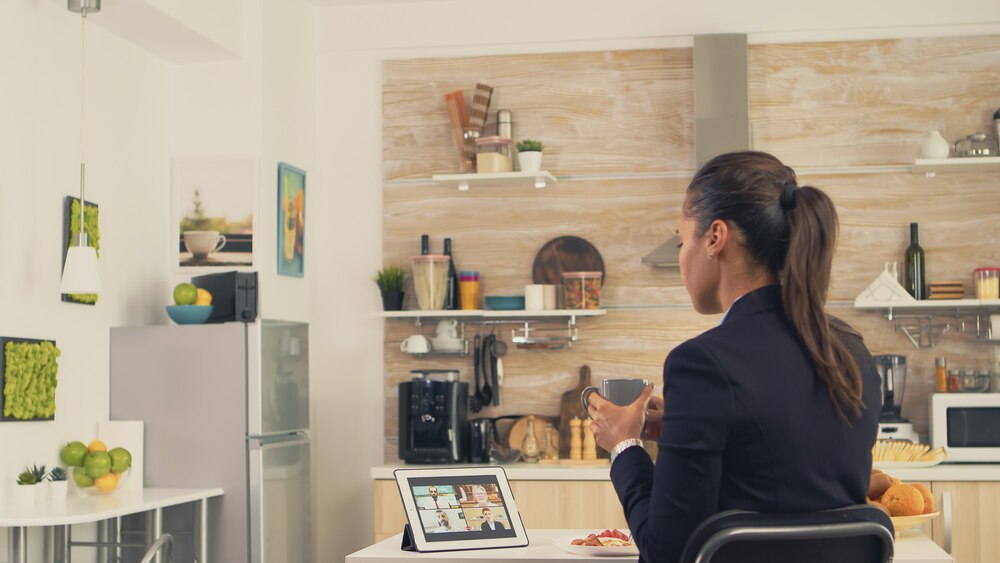For authors, creating the perfect home office isn’t just about having a functional workspace; it’s about cultivating an environment that fosters creativity, productivity, and inspiration. Read More
1. Choose the Right Location
- Quiet and Secluded: Select a quiet area in your home away from high-traffic areas and distractions. This could be a spare bedroom, attic, or a corner of a room that you can dedicate solely to work.
- Natural Light: Opt for a space with ample natural light to boost mood and productivity. Position your desk near windows to enjoy daylight and views, which can also prevent eye strain during long writing sessions.
2. Design for Comfort and Ergonomics
- Comfortable Seating: Invest in a supportive chair that promotes good posture and reduces back strain. Consider ergonomic options that are adjustable to your height and preferences.
- Proper Desk Setup: Choose a sturdy desk with enough surface area for your computer, writing materials, and other essentials. Keep it clutter-free to maintain focus and organization.
3. Personalize Your Space
- Inspiring Decor: Decorate your office with items that inspire you, such as motivational quotes, artwork, or plants. Create a visually appealing and personalized environment that reflects your creativity.
- Color Psychology: Choose wall colors that promote concentration and creativity. Soft blues, greens, or neutrals are calming, while pops of vibrant colors can stimulate imagination.
4. Enhance Functionality
- Storage Solutions: Utilize shelves, drawers, and filing cabinets to organize books, files, and supplies. Keep frequently used items within reach to streamline your workflow.
- Tech Integration: Ensure your office is equipped with reliable technology, including a fast internet connection, printer/scanner, and adequate power outlets for your devices.
5. Minimize Distractions
- Noise Reduction: Consider soundproofing or using noise-canceling headphones to block out distractions. Play instrumental music or white noise if it helps you concentrate.
- Distraction-Free Zone: Keep non-work-related items out of your office to maintain focus. Set boundaries with household members to minimize interruptions during designated work hours.
6. Create a Creative Atmosphere
- Inspiration Board: Designate a space for an inspiration board or bulletin where you can pin ideas, plot outlines, and visual references for your writing projects.
- Comfortable Ambiance: Incorporate cozy elements like rugs, cushions, or a reading nook where you can relax and brainstorm ideas comfortably.
7. Establish a Routine
- Structured Schedule: Establish a daily routine that includes dedicated writing time in your home office. Consistency helps train your mind to associate the space with productivity and creativity.
- Breakout Areas: Designate separate areas within your office for different tasks, such as writing, research, and brainstorming. This division can help you stay organized and focused throughout the day.
8. Adaptability and Flexibility
- Adjustable Layout: Arrange furniture and decor in a way that allows for flexibility and adaptation as your writing needs evolve. Experiment with different setups to find what works best for you.
- Future-Proofing: Anticipate future needs by incorporating scalable solutions, such as additional storage or workspace expansion, as your writing career progresses.
Final Words
Transforming your home office into a sanctuary of creativity requires thoughtful planning and design choices that support your writing process. By creating a quiet, comfortable, and inspiring environment tailored to your preferences, you can minimize distractions and maximize productivity. Incorporate personalized touches, ergonomic furniture, and effective organization to cultivate a space where writer’s block becomes a distant memory. Embrace the journey of renovating your workspace as an investment in your writing career, ensuring that your home office nurtures creativity and enables you to produce your best work consistently.

